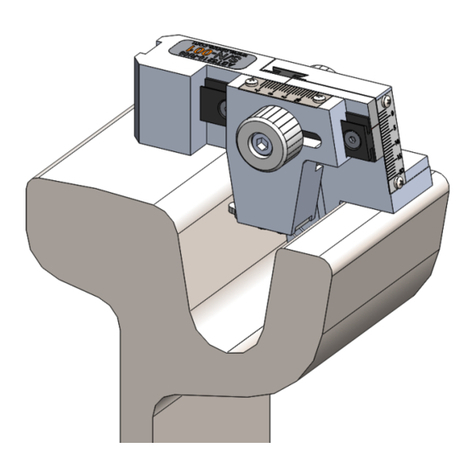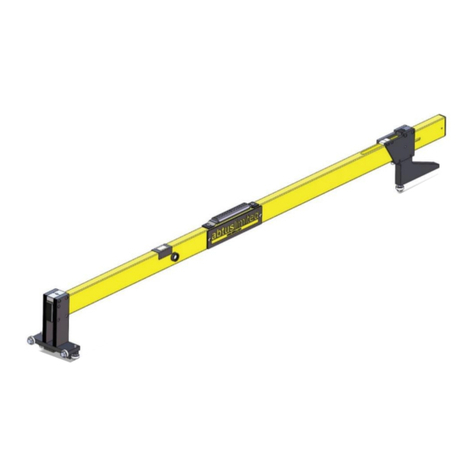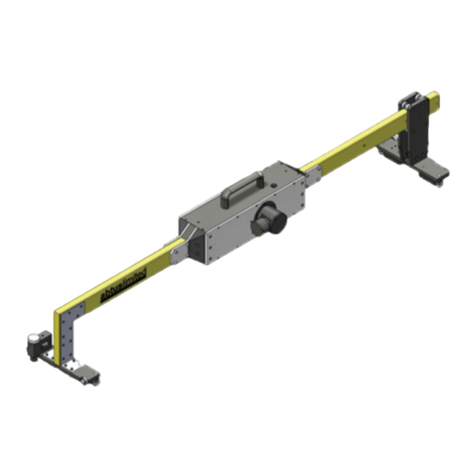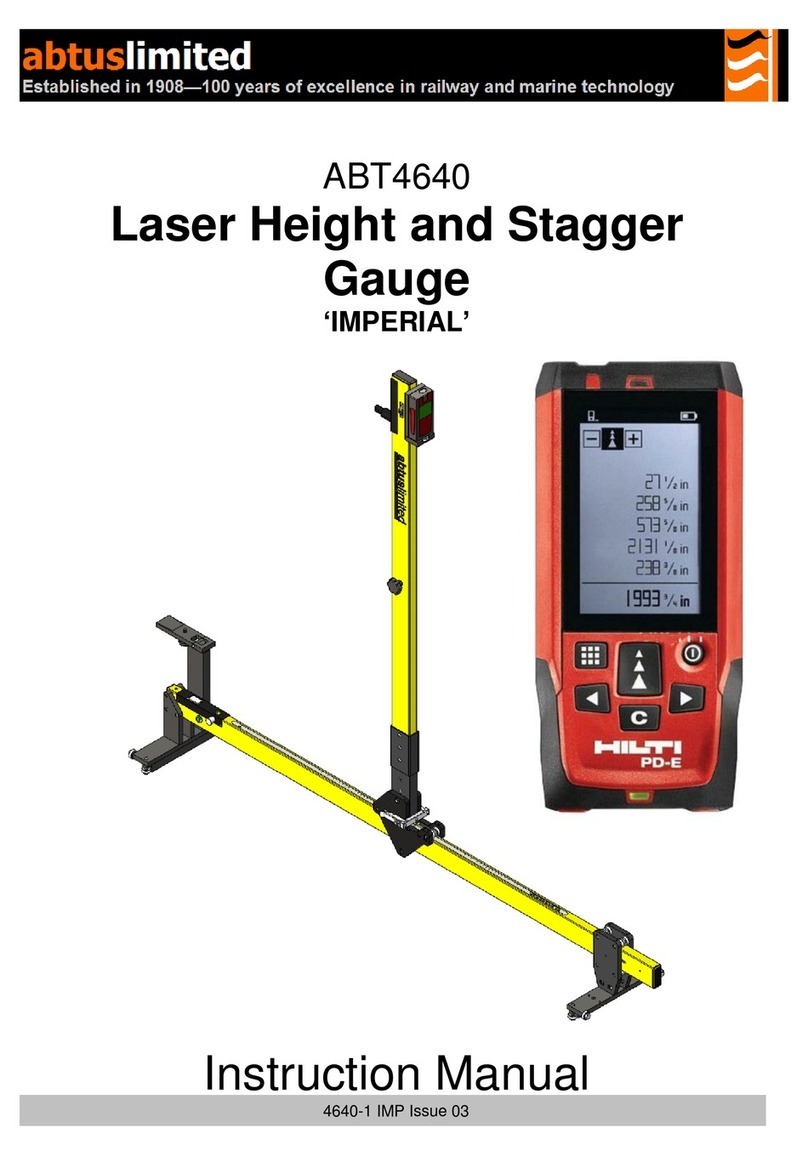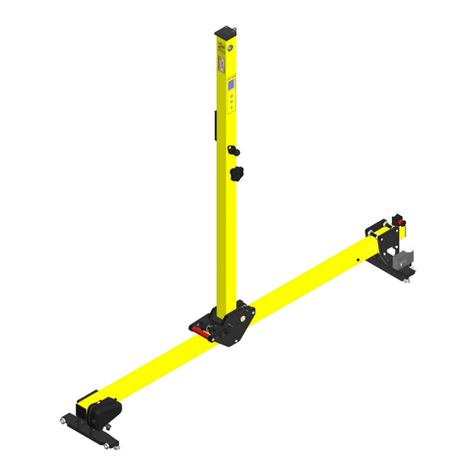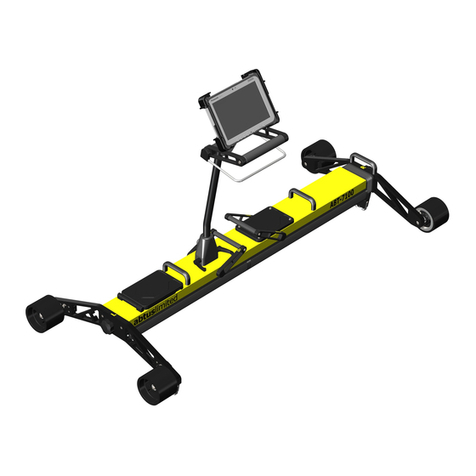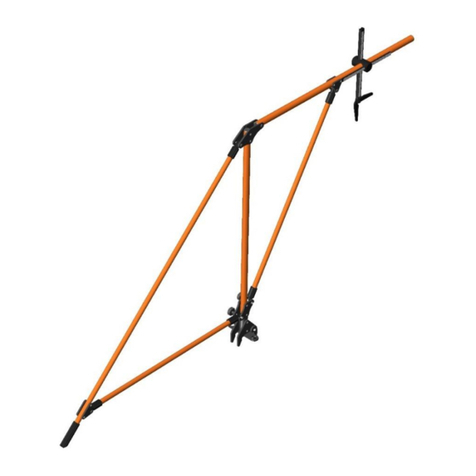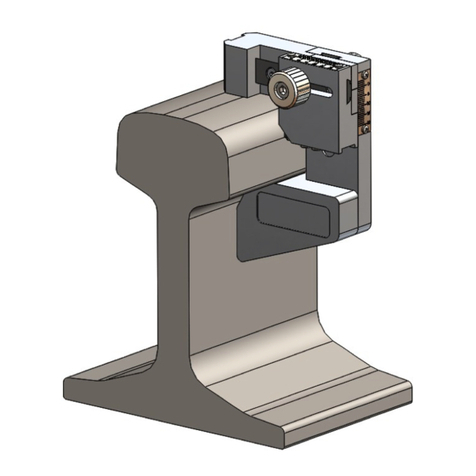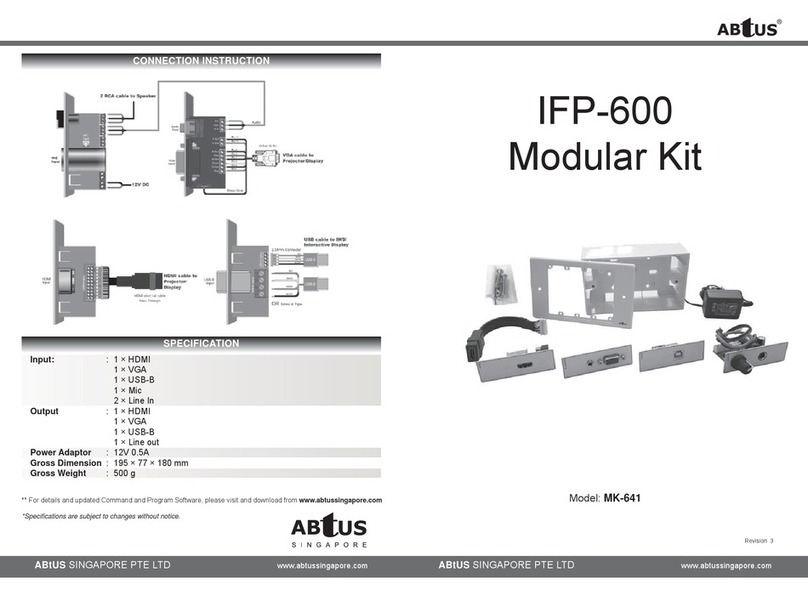1.0 Index
1.0 Index ................................................................................................................................. 2
2.0 Item List............................................................................................................................. 3
3.0 Specification ...................................................................................................................... 4
4.0 Getting Started................................................................................................................... 5
4.1 Overview ....................................................................................................................... 5
4.2 Assembly....................................................................................................................... 6
5.0 Maintenance .................................................................................................................... 12
5.1 Every 3 Months............................................................................................................ 12
5.2 Annual......................................................................................................................... 12
6.0 Measurement Characteristics ........................................................................................... 12
6.1 Cyclic Top Faults ......................................................................................................... 12
6.2 Gauge ......................................................................................................................... 13
6.3 Super-Elevation........................................................................................................... 13
6.4 Twist ........................................................................................................................... 13
6.5 Distance...................................................................................................................... 14
6.6 GPS ............................................................................................................................ 14
7.0 Transportation and Storage .............................................................................................. 14
8.0 Software Introduction........................................................................................................ 14
8.1 Cyclic Top Measurement Device Software.................................................................... 14
8.2 Initial Setup ................................................................................................................. 14
9.0 Before going on track ....................................................................................................... 15
9.1 Check Battery Levels................................................................................................... 15
9.2 Check Wireless Connection ......................................................................................... 15
9.3 Before Each Use.......................................................................................................... 15
9.4 Training and responsibilities......................................................................................... 16
9.5 Cyclic Top Fault Report from Measurement Train ......................................................... 17
9.6 Tools........................................................................................................................... 17
10.0 Step by Step Guide to Recording Cyclic Top Measurements on Track ............................... 18
11.0 Viewing a Recording......................................................................................................... 24
Step 1: View Cyclic Top Faults for a specific wavelength......................................................... 24
Step 2: Comparing results before and after maintenance......................................................... 25
11.1 PDF Recording Report................................................................................................. 29
12.0 Track Repairs................................................................................................................... 31
12.1 ‘Repair Track’ Screen................................................................................................... 31
12.2 Repair Report PDF ...................................................................................................... 32
13.0 Step by Step Guide to Recording Geometry Measurements on Track ............................ 34
14.0 Troubleshooting ............................................................................................................... 41
15.0 Using the Geode GPS as a stand-alone product................................................................ 42
15.1 When used as part of the CTMD .................................................................................. 42
15.2 To use the Geode GPS as a stand-alone product ......................................................... 42
16.0 Directive and standards.................................................................................................... 43

